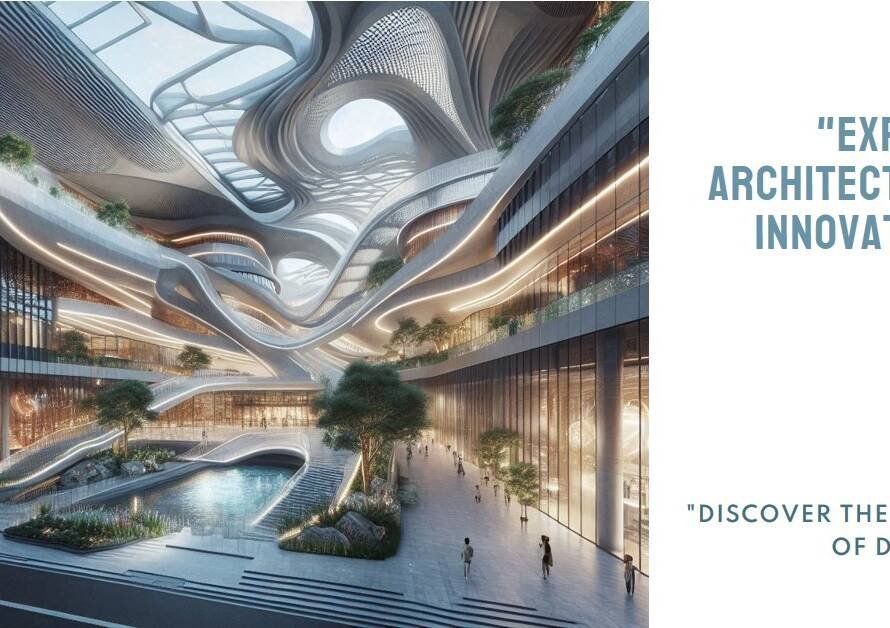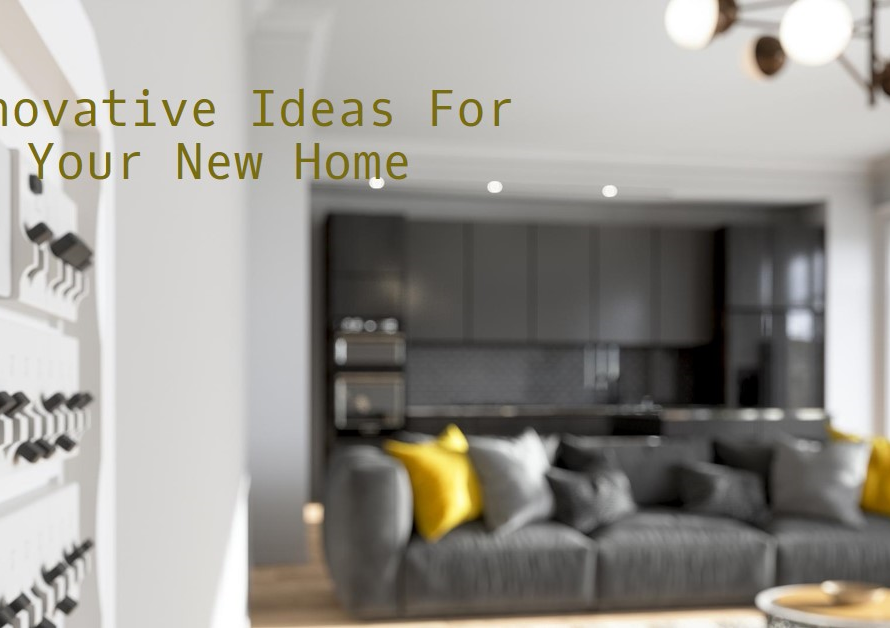
Table of Contents
- Introduction:
- Understanding Environmental Design:
- The Role of Site Analysis:
- Embracing Passive Design Strategies:
- Innovations in Sustainable Materials:
- Harnessing Renewable Energy:
- Promoting Biophilic Design:
- Championing Adaptive Reuse:
- Conclusion:
Introduction:
In the dynamic realm of architecture, environmental design stands as a beacon of innovation, forging harmonious relationships between built structures and the natural world. This intricate discipline integrates sustainable practices, cutting-edge technologies, and artistic vision to create spaces that not only captivate the eye but also nurture the environment. In this blog post, we delve deep into the realm of environmental design within the field of architecture, exploring its significance, principles, and transformative potential.
Understanding Environmental Design:
Environmental design in architecture encapsulates the ethos of sustainability, striving to minimize the ecological footprint of buildings while maximizing their functionality and aesthetic appeal. It encompasses a holistic approach that considers various factors such as site orientation, energy efficiency, material selection, and waste management. By seamlessly blending human needs with environmental consciousness, architects harness the power of design to mitigate climate change and foster a more sustainable future.
The Role of Site Analysis:
Central to environmental design is the meticulous analysis of site characteristics, a crucial phase that lays the foundation for sustainable architectural interventions. Architects meticulously examine topography, solar orientation, prevailing winds, and vegetation to optimize building placement and orientation. Through comprehensive site analysis, architects can harness natural elements to enhance energy efficiency, promote natural ventilation, and maximize daylighting within built environments. By embracing the unique context of each site, architects can cultivate spaces that coexist harmoniously with their surroundings, minimizing environmental impact while maximizing occupant comfort and well-being.
Embracing Passive Design Strategies:
Passive design strategies constitute a cornerstone of environmental design, harnessing natural elements to minimize energy consumption and enhance occupant comfort. These strategies leverage principles of solar orientation, thermal mass, insulation, and natural ventilation to regulate indoor temperatures and reduce reliance on mechanical systems. By integrating passive design principles into architectural practice, designers can create buildings that adapt to climatic conditions, fostering a symbiotic relationship between occupants and the environment. From earth-sheltered homes to passive solar designs, the possibilities are boundless, offering a paradigm shift towards more sustainable built environments.
Innovations in Sustainable Materials:
Materials selection plays a pivotal role in shaping the environmental footprint of buildings, prompting architects to explore innovative solutions that prioritize sustainability and durability. From reclaimed wood and recycled steel to low-impact concrete and bio-based composites, a myriad of eco-friendly materials are revolutionizing the architectural landscape. Advancements in material science have paved the way for novel approaches such as biomimicry, where architects draw inspiration from nature to design structures that emulate its resilience and efficiency. By embracing sustainable materials, architects can minimize embodied energy, reduce waste, and create buildings that stand as testaments to environmental stewardship.


Harnessing Renewable Energy:
Renewable energy sources hold immense potential in shaping the future of architectural design, offering a clean and sustainable alternative to conventional energy systems. Solar photovoltaics, wind turbines, geothermal heat pumps, and biomass systems are just a few examples of renewable energy technologies that architects can integrate into building design. By harnessing the power of renewable energy, architects can reduce reliance on fossil fuels, mitigate greenhouse gas emissions, and create buildings that operate in harmony with nature. From net-zero energy homes to carbon-neutral developments, renewable energy represents a beacon of hope in the quest for a more sustainable built environment.
Promoting Biophilic Design:
Biophilic design, rooted in the innate human connection to nature, seeks to integrate natural elements into the built environment to enhance health, well-being, and productivity. By incorporating elements such as green roofs, living walls, natural light, and views of nature, architects can create spaces that evoke a sense of tranquility and rejuvenation. Biophilic design principles not only benefit occupants by reducing stress and improving cognitive function but also contribute to biodiversity conservation and ecosystem health. As cities grapple with the challenges of urbanization, biophilic design emerges as a transformative paradigm that reconnects people with the natural world, fostering a renewed sense of harmony and balance.
Championing Adaptive Reuse:
Adaptive reuse stands as a testament to the resilience of architectural heritage, breathing new life into existing structures while minimizing waste and embodied energy. By repurposing abandoned buildings, industrial sites, and historical landmarks, architects can celebrate the rich tapestry of built history while addressing contemporary needs for space and functionality. Adaptive reuse projects exemplify the principles of sustainability, preserving embodied energy and cultural heritage while reducing the environmental impact of new construction. From repurposed warehouses to converted churches, adaptive reuse projects showcase the transformative power of design in revitalizing communities and fostering sustainable urban development.
Conclusion:
Environmental design in architecture represents a paradigm shift towards a more sustainable and regenerative built environment, where buildings serve as catalysts for positive change. By embracing principles of sustainability, innovation, and holistic design, architects can create spaces that not only enrich human experience but also harmonize with the natural world. As we navigate the complexities of climate change and urbanization, environmental design emerges as a beacon of hope, guiding us towards a future where architecture and nature coexist in perfect harmony.


